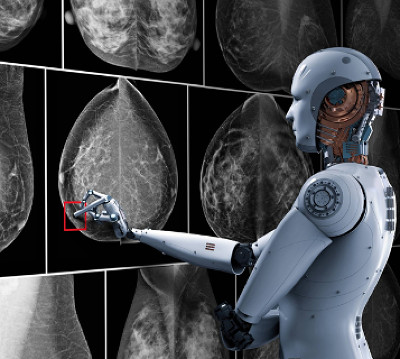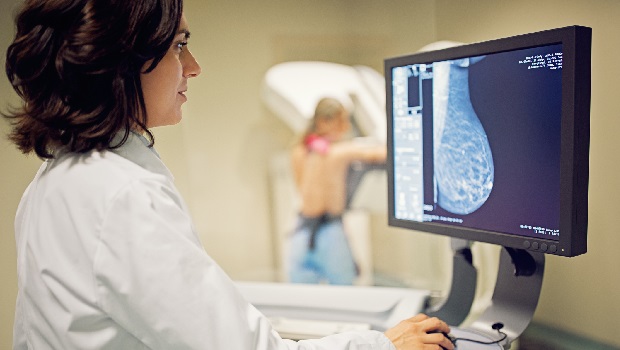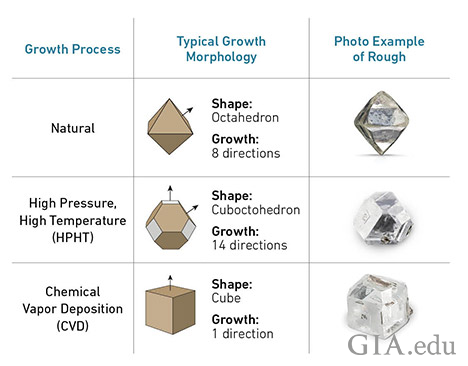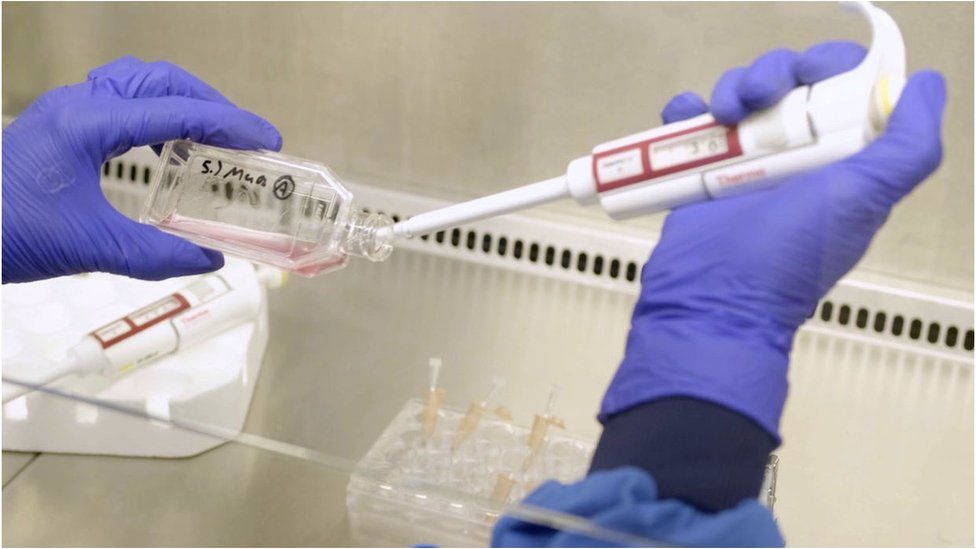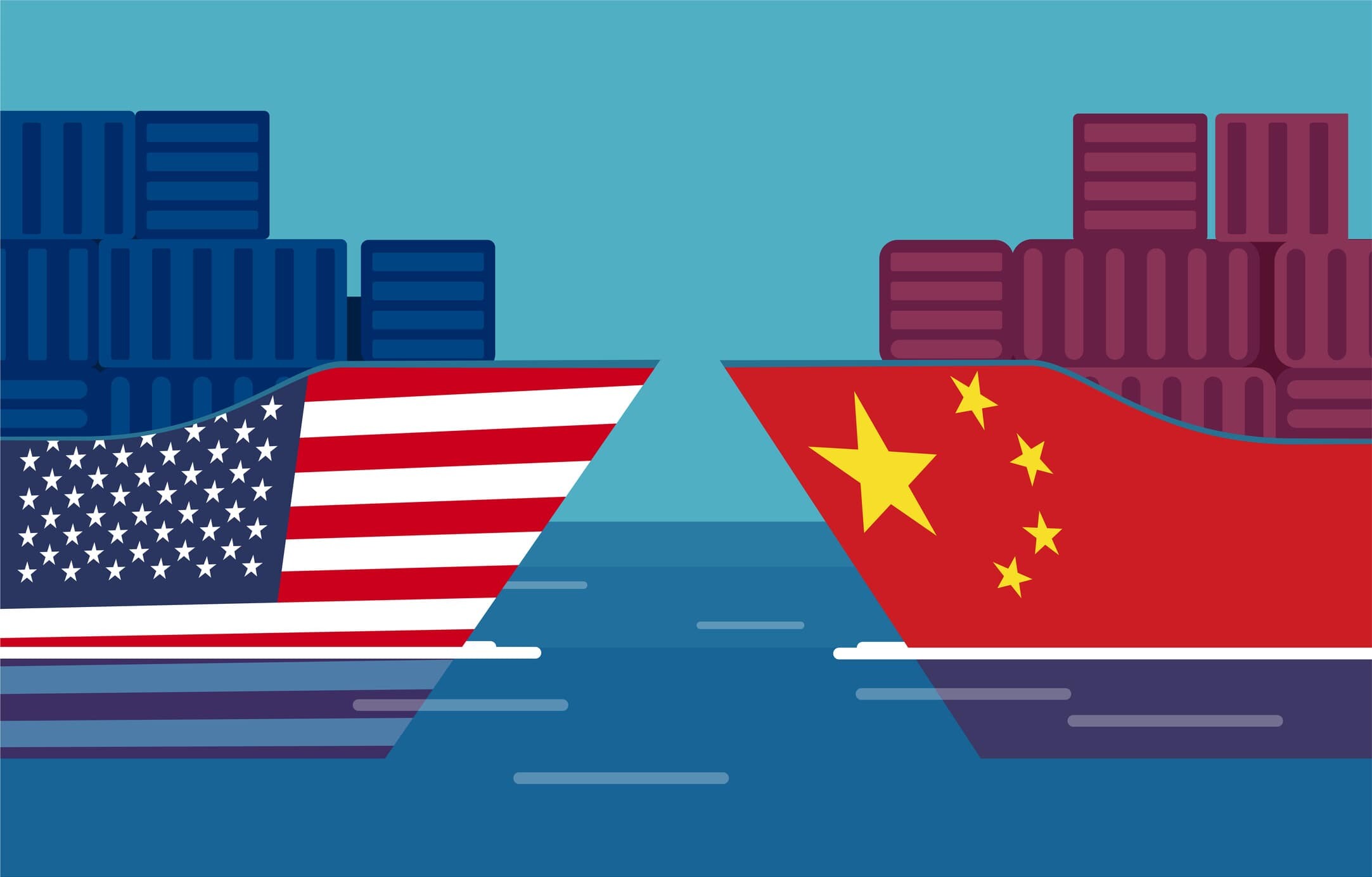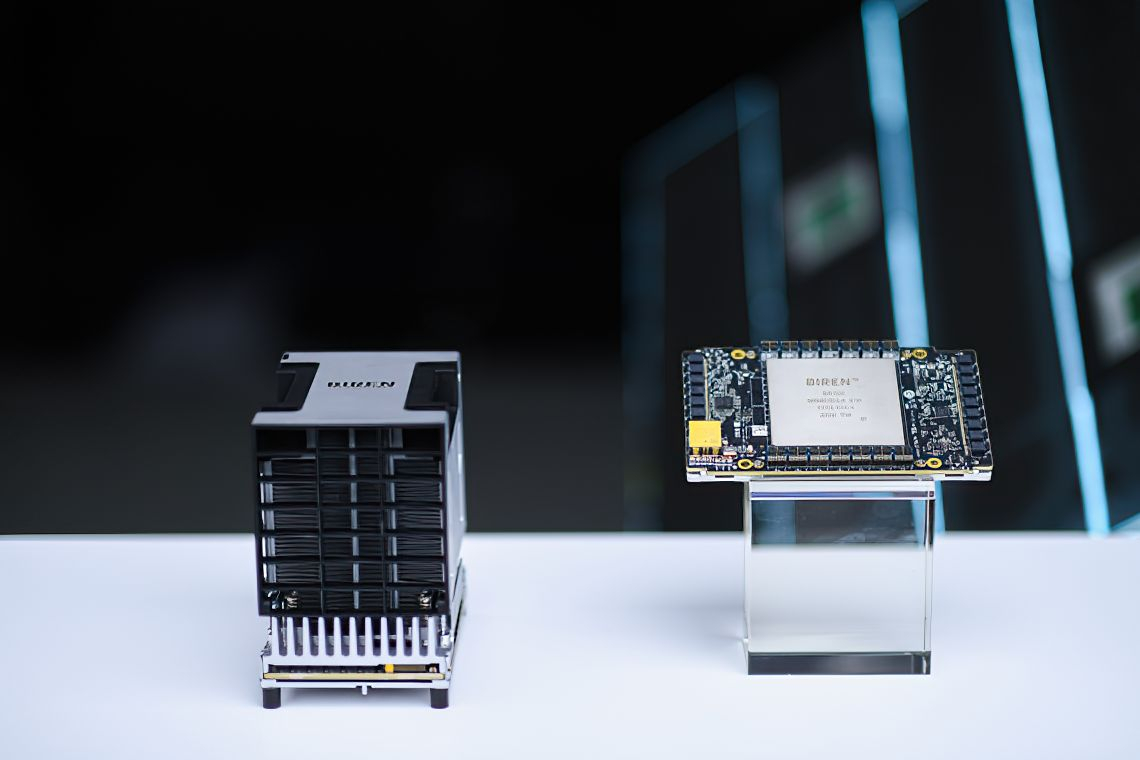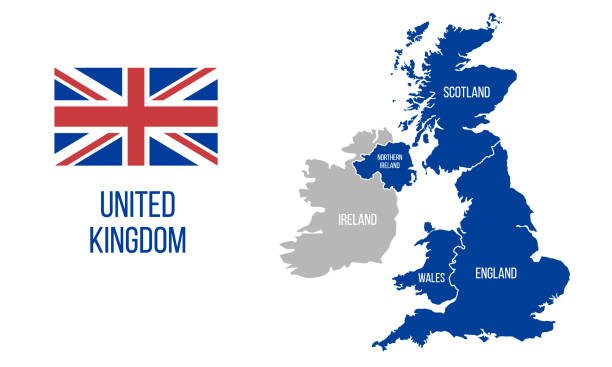
AI and similar technologies are becoming more and more common in business and society, and they are starting to be used in healthcare. These technologies might change many facets of patient care, as well as internal administrative procedures at pharmaceutical organizations.
Numerous studies have already shown that AI is capable of doing important healthcare jobs including illness diagnosis as well as better than humans.
One of AI’s greatest potential advantages is to keep people healthy so they don’t need doctors as frequently, if at all. People are already benefiting from consumer health applications of artificial intelligence (AI) and the Internet of Medical Things (IoMT).
Applications and apps for technology support proactive maintenance of a healthy lifestyle and encourage individuals to adopt better behaviours. It gives customers control over their health and well-being.
Diagnose cancer
AI is already being used to more precisely and early diagnose diseases like cancer. The American Cancer Society claims that a large percentage of mammograms provide misleading findings, telling one in two healthy women they have cancer. Mammogram reviews and translations can now be done 30 times quicker and with 99% accuracy thanks to AI, which eliminates the need for pointless biopsies.
AI is also being used in conjunction with the growth of consumer wearables and other medical devices to monitor early-stage heart disease, allowing doctors and other caregivers to more effectively monitor and identify potentially fatal events at earlier, more curable stages.
Decision making process
AI can assist clinicians in taking a more comprehensive approach to disease management, better coordinate care plans, and help patients to better manage and comply with their long-term treatment programmes, in addition to helping providers identify chronically ill individuals who may be at risk of an adverse episode.
For more than 30 years, medical robots have been in use. They vary from basic laboratory robots to extremely sophisticated surgical robots that may work with a human surgeon or carry out procedures on their own. They are used in hospitals and labs for repetitive jobs, rehabilitation, physical therapy, and assistance for those with long-term problems in addition to surgery.
Training process
AI makes it possible for trainees to experience realistic simulations in a way that is not possible with straightforward computer-driven algorithms. A trainee’s answer to a question, choice, or piece of advise can be challenging in a manner that a person cannot because of the development of natural speech and an AI computer’s capacity to draw instantaneously from a massive library of situations. The training software may take into account the trainee’s prior replies, allowing it to modify the tasks to fit their learning requirements continuously.
Additionally, training can be done anywhere thanks to the power of AI integrated in smartphones, making it feasible to do brief catch-up sessions following challenging cases in a clinic or while travelling.
In conclusion, AI have the potential to revolutionize end-of-life care by allowing patients to stay independent for long periods of time, decreasing the need for hospitalization and care facilities. AI mixed with developments in humanoid design are allowing robots to go even farther and have ‘conversations’ and other social interactions with people to keep ageing minds sharp.
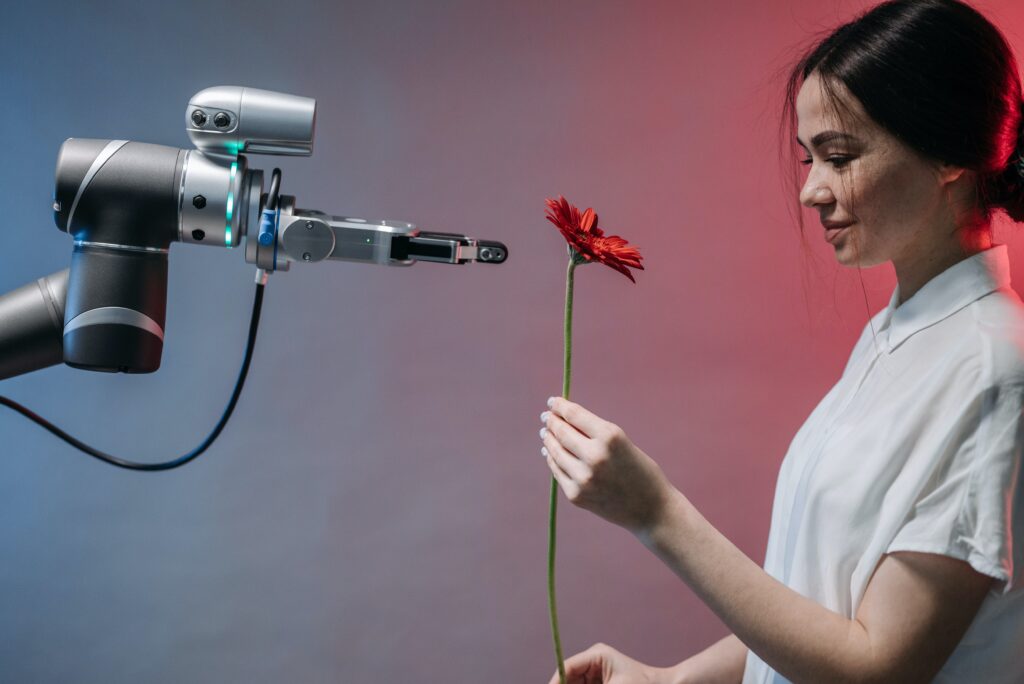
Resources:
https://www.wired.co.uk/article/cancer-risk-ai-mammograms
https://www.ncbi.nlm.nih.gov/pmc/articles/PMC6616181/
https://www.insiderintelligence.com/insights/artificial-intelligence-healthcare/

